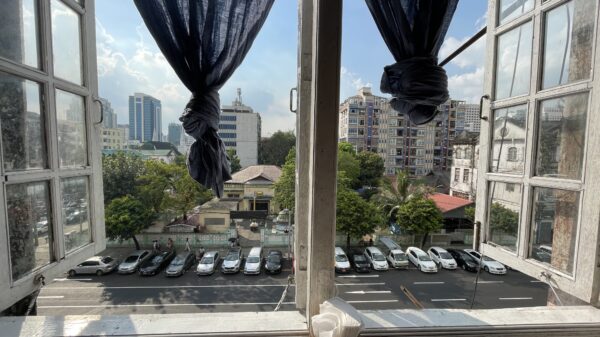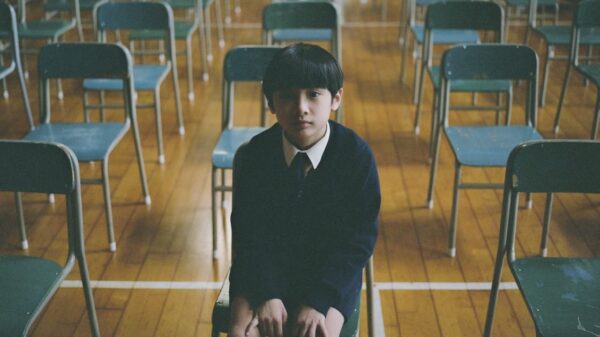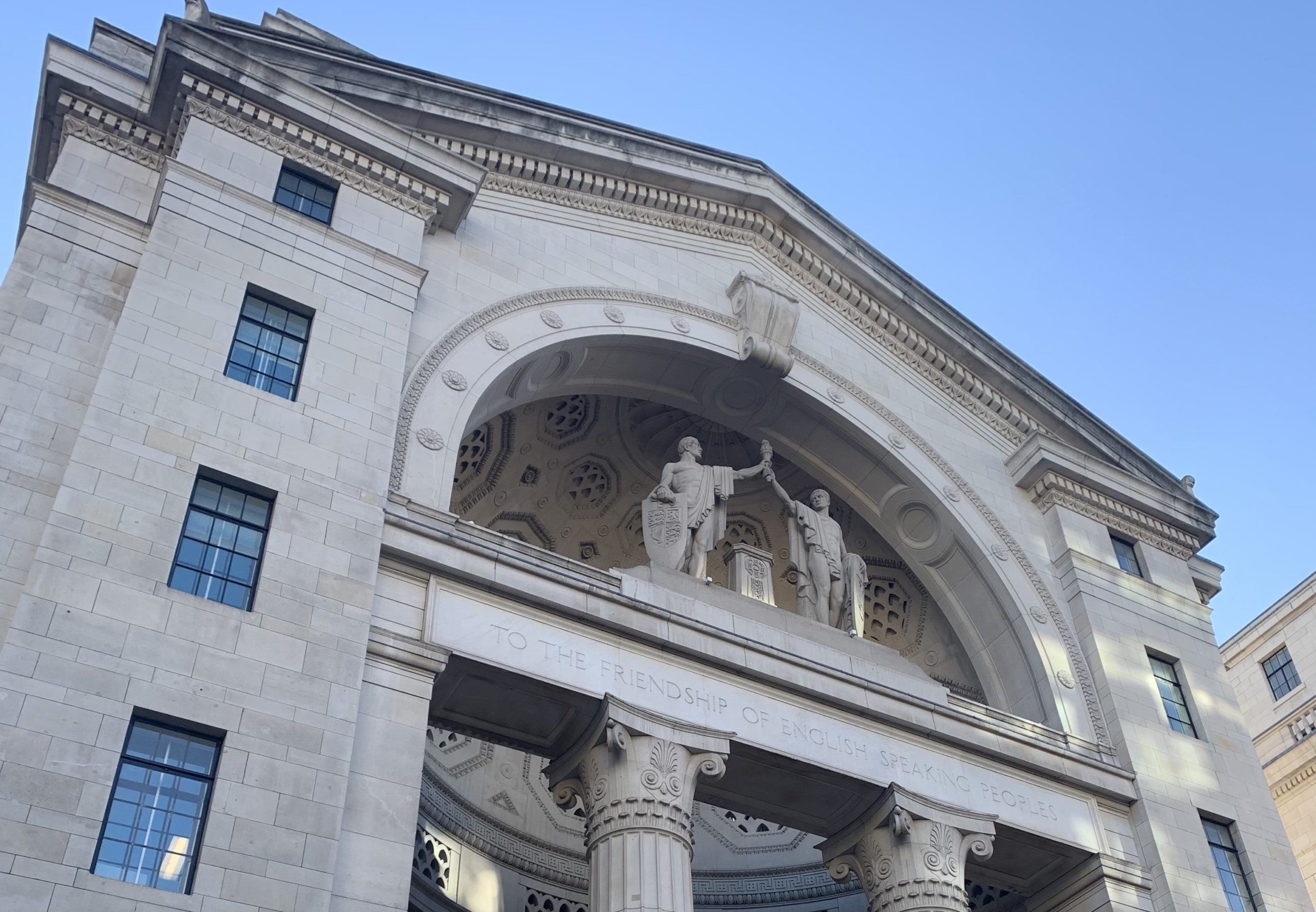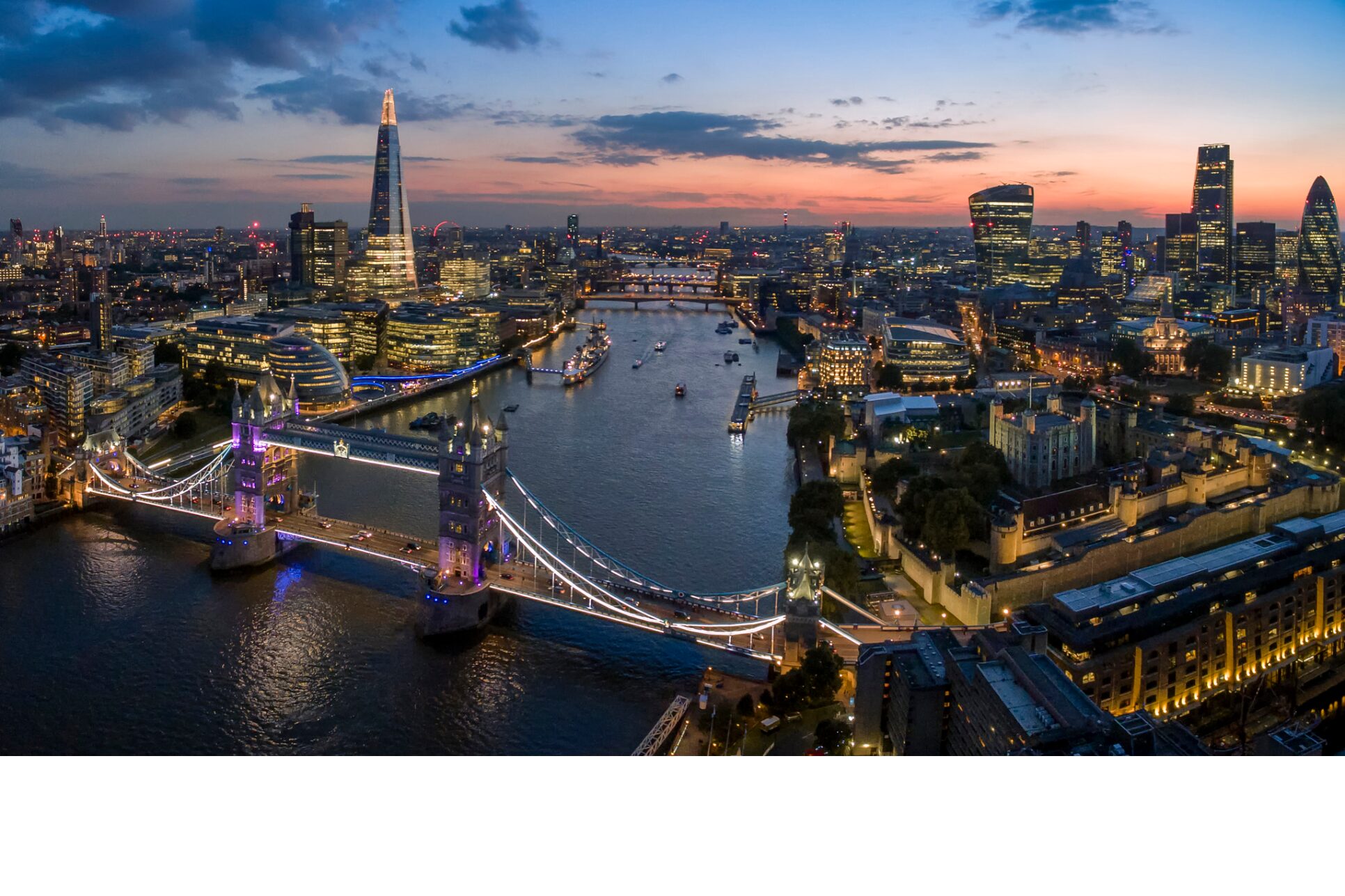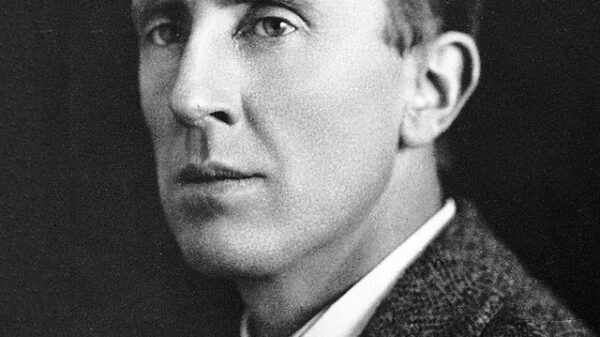Roar writer, Helen Kursten-Holmes, reviews Tate Britain’s exhibition, British Baroque: Power and Illusion, which took place from 4 February to 19 April 2020.
There is no room for modesty at Tate Britain’s delightfully grandiose British Baroque: Power and Illusion exhibition. Tate’s exhibition showcases extravagant works that were produced during the British Baroque period, starting with the restoration of Charles II in 1660 and concluding with the death of Queen Anne in 1714.
Originating in Italy, the Baroque style came into prominence in the 17th century across Europe until the early 18th century. It revamped the modes of art, architecture and music with its highly elaborate and ornate style in an effort to distinguish itself from the influential visual arts that preceded it, particularly the styles of Mannerism and Renaissance art.

Antonio Verrio, The Sea Triumph of Charles II (c.1674), The Royal Collection Trust
A certain scent of kingly arrogance pervades the room when you enter the exhibition. It almost becomes overpowering when you stand opposite Antonio Verrio’s The Sea Triumph of Charles II (c1674). This dramatic painting depicts King Charles II as Neptune, the Roman god of the sea. Victorious, smug and gleaming from his chariot as adoring cherubs swirl around him bearing crowns and symbols of peace. The intricacies involved in this painting are remarkable. Verrio’s darkened clouds and seas illuminate the central figures and he also achieves a sense of dynamism with his gust of wind effect shown in the costumes and gestures of the creatures and divine beings. Here, the realm of mythology harmonises with the worldly. It’s certainly mesmerising to look at. It’s almost as if there’s constant movement in the scenes captured in the painting despite it being stagnant. If you look closely, there’s a faint ray of light that descends from the parted clouds and shines over Charles’ head. It’s a conspicuous celebration of the newly restored monarch who’s dressed in an outfit fit for an emperor and has triumphed over the seas. It suggests that he will usher in an age of security and prosperity.
Another impressive piece in the room is the marble bust of Charles II, sculpted by Honoré Pelle (1684). The ‘Merry Monarch’ refuses to lock eyes with you, instead he turns away with imperious hauteur. He remains aloof with his luscious locks cascading down to his lace cravat and drapery. The bust is another imposing indication of his kingly status and absolute authority.

Honoré Pelle, Bust of Charles II (1684), Victoria & Albert Museum, London
The next room of restoration court paintings are ridiculously garish. The aristocratic ladies wear lavish jewellery and silk dresses in grand settings. They all have the same doll-eyed expression and porcelain skin, conveying 17th century ideals of courtly and aristocratic beauty. The displays of vanity extend to the portraits of courtiers who pose in glitzy garments next to a fleet of ships to show off their military prowess.
Artifice and reality become congruous with one another, particularly in the room of optical illusions. Jan van der Vaart’s trompe l’oeil of a violin (c.1674), is a painting of a violin pasted on a door, but it looks shockingly real. The flower paintings by Verelst are another highlight. He gives them an explosively realistic rendering where the petals are coloured boldly with streaks of red, white and pink. The contrasts between light and dark gives the piece a tangible quality as some of the flowers wilt, bloom and wither.

Simon Verelst, A Vase of Flowers (c.1670-1700) The Syndics of the Fitzwilliam Museum, University of Cambridge
There are incredible architectural sketches and paintings of classically inspired palaces and gardens such as Hampton Court, Blenheim Palace and Chatsworth. The grandeur of the buildings are reflected in the large canvases. But the areas that could have been explored in greater detail such as the era’s scientific advances, furniture and ornaments, are given very little attention in the exhibition. Furthermore, the choice to position the exotic birds painting alongside the paintings of architecture seems very random and unconnected to the material in the room. There are also a few Chinese vases on a 17th century lacquer cabinet which are indifferently placed between Kneller and Dahl’s paintings of the court beauties. Though they are exquisite items, they do not have much presence in the room.
At the end of British Baroque there is a marked emphasis on party politics and politicians, symbolising the diminishing royal power during Queen Anne’s reign. The earlier scenes of flamboyancy and courtly excess are dismissed. Mythological allusions and scenes of liveliness in the portraits are abandoned for darker tones to capture the stern-eyed politicians. But the theme of opulence and vanity is still shown in the portraitures, it’s just reduced. These portraits offer messages about the status of rising political elites and are persuasive visual displays of power in this age of politics.
Tate Britain’s British Baroque: Power and Illusion is a wonderful exhibition that explores power through art. This is Tate’s first exhibition dedicated to the Baroque period and I must say it’s an enjoyable one, filled with ludicrously sumptuous paintings, expressive sculptures and scenes of magnificence. Power has never looked more ostentatious.
Roar News writer. BA Classical Studies with English student and a K-drama enthusiast.









